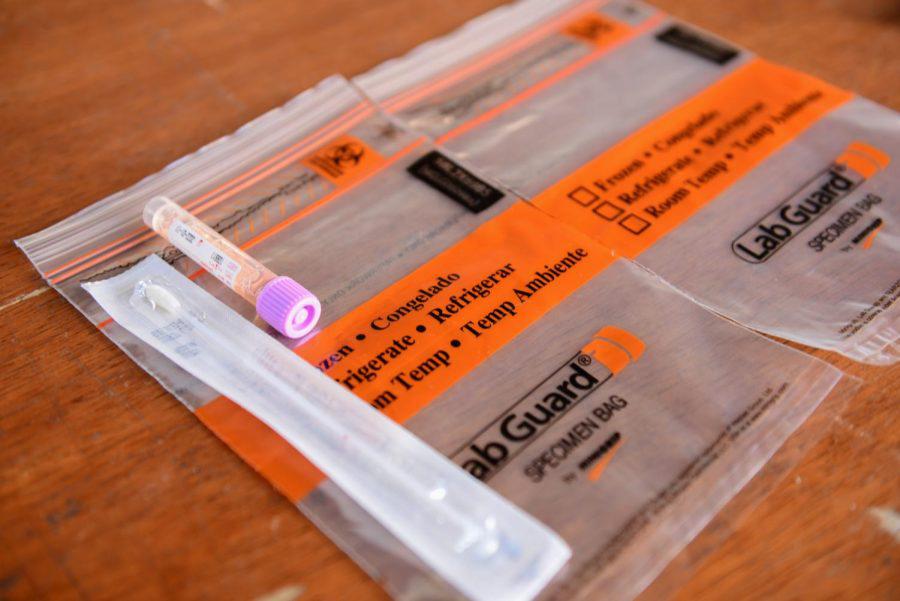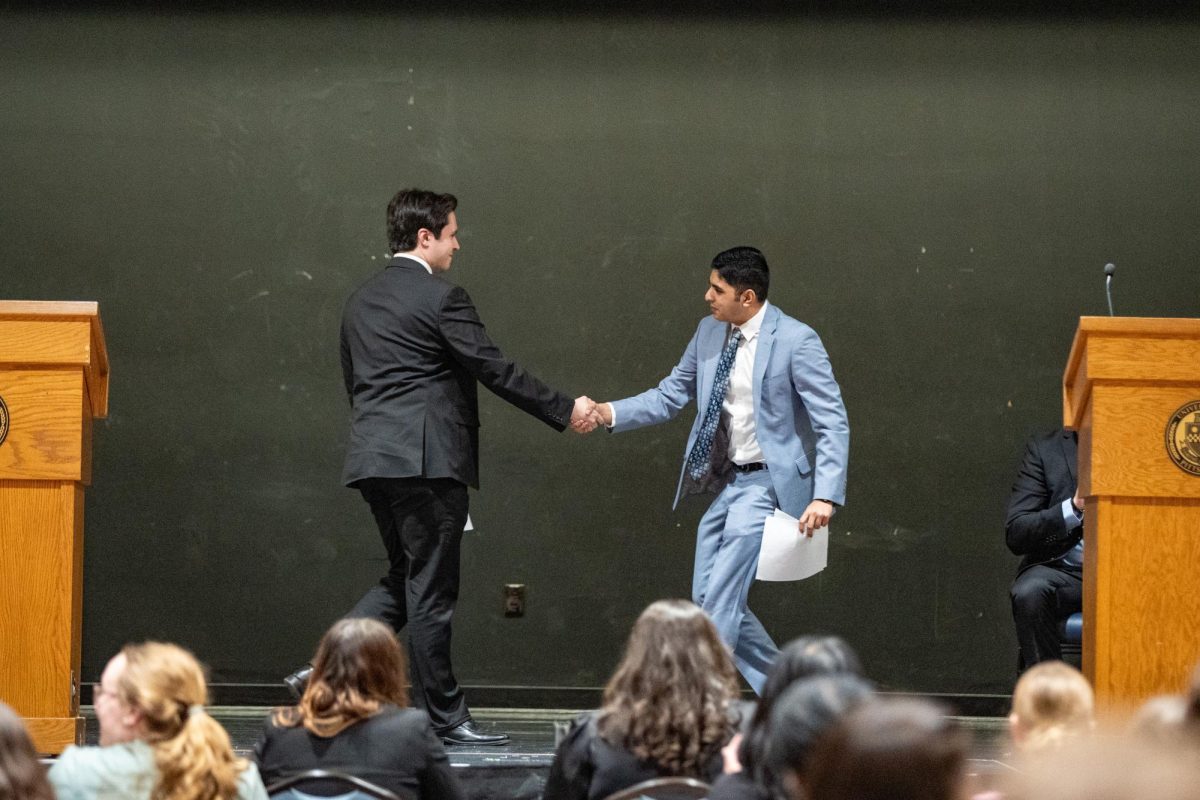Pitt to offer students at-home COVID-19 tests
November 13, 2020
Pitt will offer students at-home COVID-19 tests after they go home for Thanksgiving break, according to Dr. John Williams, the head of Pitt’s COVID-19 Medical Response Office.
But Williams said while Pitt recognizes that some people want a test — especially if they weren’t as “effective” in their quarantine as they should have been — a test doesn’t mean students shouldn’t follow Pitt’s shelter-in-place guidance.
“If people quarantine for 14 days, combined between here and at home, they don’t need a test,” Williams said. “A test at home isn’t to shorten quarantine, it’s to find a positive — if they are positive — then they need to stay in isolation longer at home.”
Williams outlined Pitt’s new testing capacity and other COVID-19-related news at Thursday afternoon’s Senate Council meeting.
Chancellor Patrick Gallagher also discussed the University’s recent shift to the Elevated risk posture and the uptick of coronavirus cases on campus.
Pitt enacted a series of measures Monday due to a rising number of cases on campus, including a campus-wide shelter in place three days earlier than previously scheduled. It also shifted to the Elevated risk posture — the middle level of Pitt’s three-tiered reopening system — which places more restrictions on in-person activities on campus. Pitt added 74 new COVID-19 cases, composed of 73 students and one employee, between last Friday and Monday, with 110 students currently in isolation.
Pitt’s football program also paused all team-related activities on Thursday “due to COVID-related protocols,” making it the third Pitt varsity program to halt operations for COVID-19 concerns in the past two weeks.
Pennsylvania and Allegheny County reported all-time highs for single-day COVID-19 infections Thursday. Dr. Debra Bogen, the head of the County health department, warned that the county could see hundreds more deaths in coming months.
Despite the increase in cases, Williams said the CMRO wouldn’t be offering widespread testing before students leave campus. He said the goal of the at-home test is to “confirm” that students have followed shelter-in-place and quarantine guidance.
“As we’ve seen from other schools, professional sports teams and even the White House, daily testing can’t protect you if you aren’t doing the right behaviors — the mitigation behaviors,” Williams said.
Williams added that students will take the at-home COVID-19 test as they are finishing their 14 day shelter-in-place period. He said students will “ideally” shelter in place for 10 days on campus and then four additional days at home.
Williams said the CMRO is still finalizing the details of the at-home testing and will release more information in the coming days. He said Pitt will continue to test symptomatic students on campus and a random sample of students through its surveillance testing program.
Anantha Shekhar, senior vice chancellor for the health sciences and dean of the School of Medicine, said the majority of cases are from socializing, not University-related activities, such as in-person classes. He said he expects the case numbers to decrease as the University clamps down on social activities.
“We expect to see a downtrend over the next couple of weeks as we continue the shelter in place,” Shekhar said. “These plans are always fluid, they have to adapt quickly to the external environment.”
Williams said the University’s decision to shift to the Elevated risk phase rather than the High risk posture is due to a number of factors. He said the number of positive cases on Pitt’s campus, while up “significantly” from last week, is still “relatively low” compared to the size of the University. He also said there is “copious” amounts of isolation housing.
There are 110 students currently isolating at home or in Pitt’s isolation housing, which is reserved for those who have either a confirmed or suspected COVID-19 infection. Pitt spokesperson Kevin Zwick said the University is using about 35% of its total isolation housing capacity, and did not directly respond to questions on Tuesday about how many beds make up that housing capacity.
Williams added that he doesn’t regret the University’s shift to the Guarded risk phase — the lowest of the reopening levels — on Oct. 19.
“With student cases very low and cases around the University very low, those are the criteria to go to Guarded and I don’t think we made a mistake going to Guarded,” Williams said. “Why do you have a Guarded if you don’t go to it?”
But Williams said there is little chance that Pitt will move back to the Guarded phase anytime soon.
“It’s always easy to second guess,” Williams said. “If I went to Guarded right now, with the recent bump in cases, I would ask you to question my sanity.”



